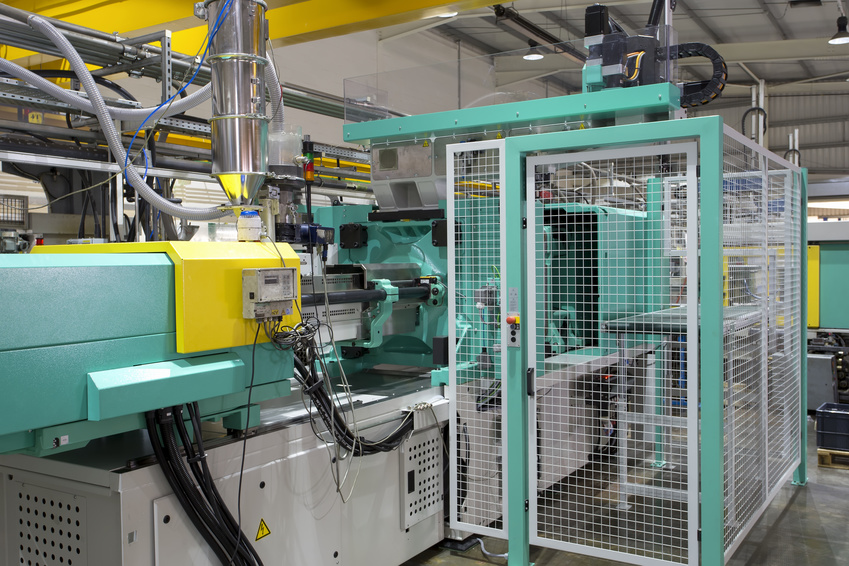
Medical injection molding services are critical pieces in the formation of the little things we might take for granted in hospitals and doctor’s offices. The pharmaceutical containers, pharmaceutical bottles, and even the food packaging containers are molded somehow. Medical injection molding services are used to create plastic parts and components for a myriad of medical devices. Any number of very specialized injection molded medical parts, whether they be subassemblies or components of very complex instruments, can be made.
Companies that work in medical injection molding produce delivery devices for stents, different kinds of implants, and the like. Some companies also might offer assembly services for some of the subcomponents of the larger, more complicated devices that might be needed. When it comes to transaction volume concerning plastics, injection molding represented over half of all the plastics in 2013. This was followed by resin/compounding, thermoforming, and machinery.
It probably wouldn’t surprise you to learn that medical injection molding is a multi-billion dollar industry. Over $373 billion in goods was shipped by manufacturers in 2012. Injection molding and plastic manufacturing plants can be found in every state in America, over 16,000 in the United States alone.
In addition to manufacturing plastic parts that house other components that are non-plastic, medical injection molding companies will also produce what are known as insert molding pieces. These plastic molds can house things like surgical blades, tubes, and other medical devices that require a casing for safety purposes.
Medical device manufacturing experts understand the unique aspects of medical device equipment and the process of development techniques. A medical injection molding company will work with you to help minimize patient risk and meet all of the FDA rules and regulations regarding medical supplies. In addition, many supply companies with work to ensure that supplies are fully stock and that you are in compliance regarding that as well.
Several factors are driving the global plastics medical market. These factors include improved sterilization techniques, a movement toward devices that are disposable, and the development of enhanced plastic materials of all kinds. The characteristics of today?s materials are biocompatibility, autoclavability, chemically resistance, transparency, lightly weighted, and flexibility of design. All of these characteristics make plastics an ideal choice for medical applications.
When it comes to medical molding, cleanliness is paramount. Manufacturers routinely audit all clean room manufacturing environments quarterly to insure they remain within the ISO designations. It is extremely important to insure a clean environment for medical device manufacturing by using all-electric presses and transporting the resin to the barrel utilizing a vacuum system. All hoppers and driers must be kept outside of the injection molding manufacturing area. Additionally, electronic heater cartridges are used to achieve full crystallization with higher heat materials.
